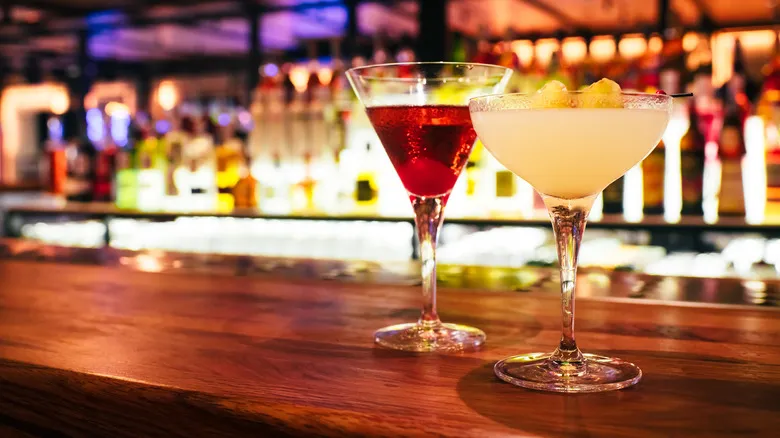The origins of the espresso martini
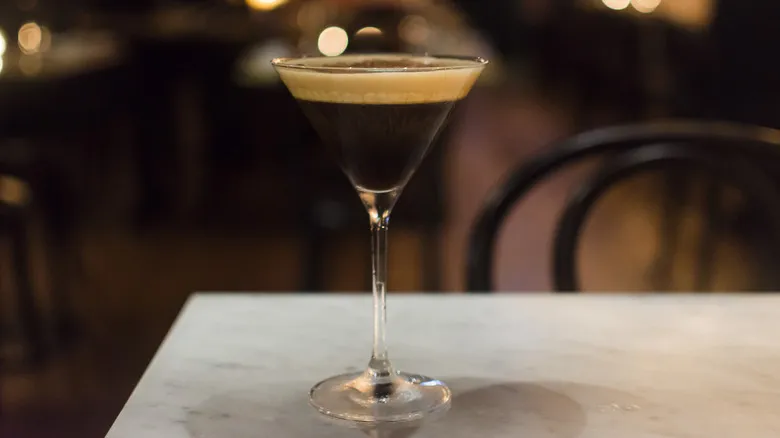
The tale recounts that Bradsell was employed at a trendy London bar in the 1980s when a future American supermodel requested a drink that would give her both energy and a spirited kick (her wording was a bit more coarse). He mixed coffee with vodka over ice, creating the vodka espresso. By the late '80s, the drink transitioned to omit the ice, incorporate coffee liqueur, and be served in the distinctive V-shaped glass. Its name shifted to reference a pharmaceutical stimulant before finally becoming known as the espresso martini.
Over time, the details of this story have varied, including the specifics of when and where Bradsell crafted the drink. In a 2011 interview (as reported by Punch), he mentioned that he merely assumed the woman who ordered it was a model. However, most industry insiders accept his account, given Bradsell's esteemed reputation and his prolific contributions to cocktail culture. After his passing in 2016, Bradsell's daughter commissioned London-based cocktail historians Jared Brown and Anistatia Miller to compile and edit his extensive notes into a book titled "Dicktales or 'Thankyous and Sluggings.'"
"There were countless pages dedicated to the espresso martini," Brown shared with Chowhound. "Regarding its origin, he not only detailed it thoroughly but also signed it with, 'Doubt and confusion? Not me, I was there.'" Regardless, the drink gained immense popularity in America and globally throughout the 1990s. By the mid-2000s, its appeal waned as spirit-forward craft cocktails like the negroni took center stage—except in Australia, where it remained a favorite.
The 2020s gives the espresso martini new life
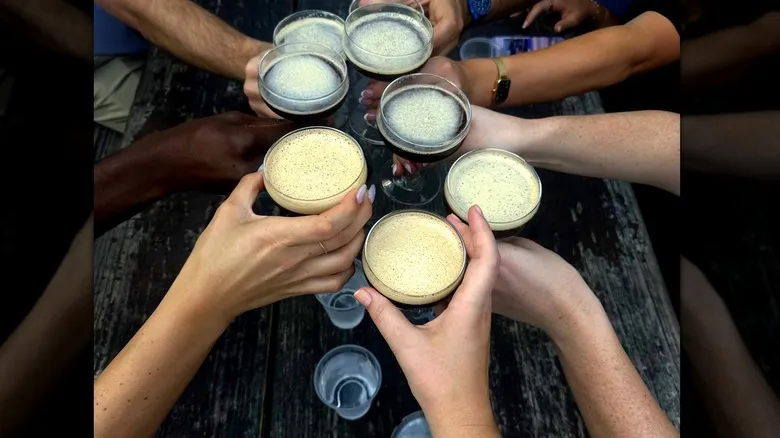
The espresso martini was largely overlooked in the United States (or seen as a joke) as recently as 2015. It seems that a pandemic and a resurgence of '90s nostalgia were needed for the cocktail to regain its popularity. By 2022, Forbes reported that the espresso martini had overtaken the Manhattan in terms of popularity. The simultaneous revival of '90s styles and trends may be contributing to the drink's appeal, especially among younger consumers. By 2022, the cocktail had made a remarkable comeback in the U.S., with some publications naming it the drink of the year. By the end of 2023, the bar industry website Union ranked it as the third most ordered cocktail, and its popularity shows no signs of waning.
The drink's popularity has led to a phenomenon known as the "espresso martini effect," where one person ordering it prompts those around them to do the same. This trend has given rise to the notion that some bartenders dislike making espresso martinis, although many bartenders contest this claim. If you're looking to make one at home, consider using cold brew instead of hot espresso for a smoother martini.
Recommended
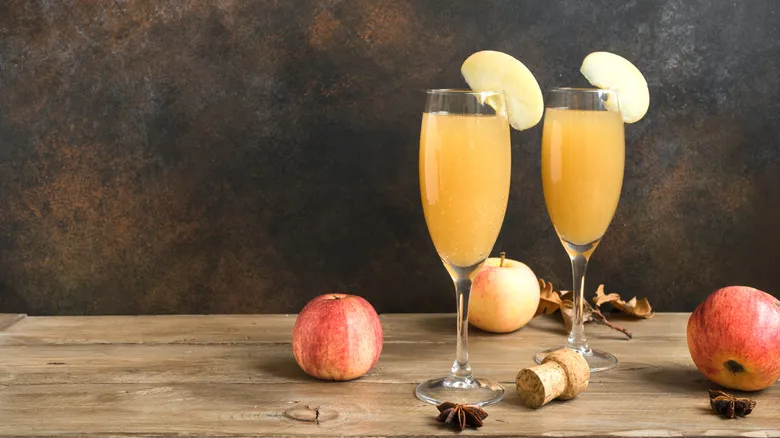
Swap Orange Juice For This Fall Favorite To Give Your Mimosa A Seasonal Upgrade
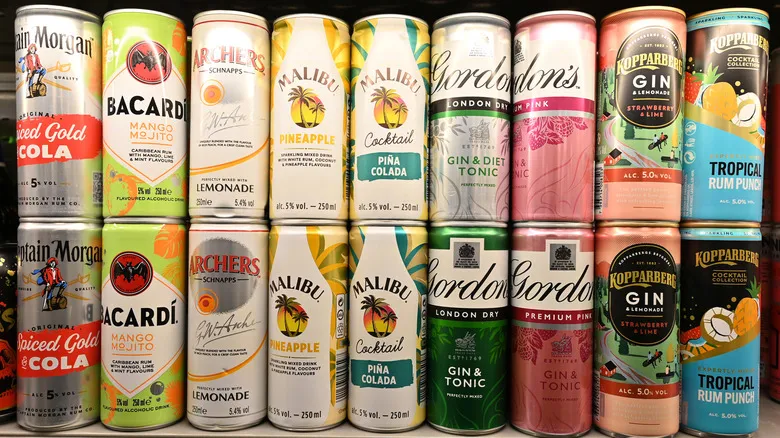
Do Canned Cocktails Expire?
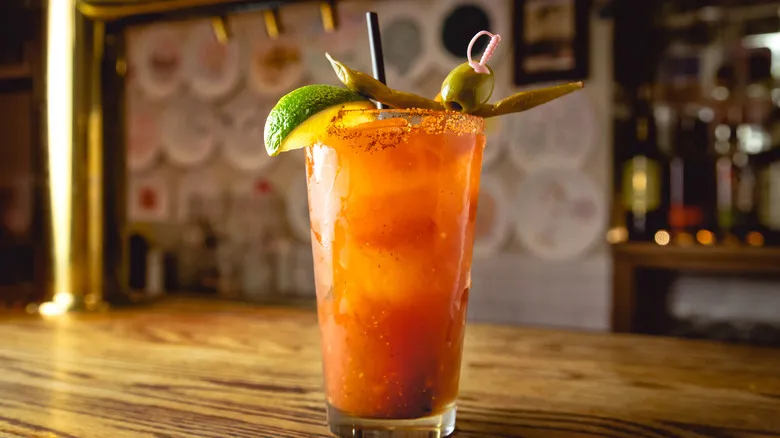
How Bloody Marys Came To Be A Breakfast Cocktail
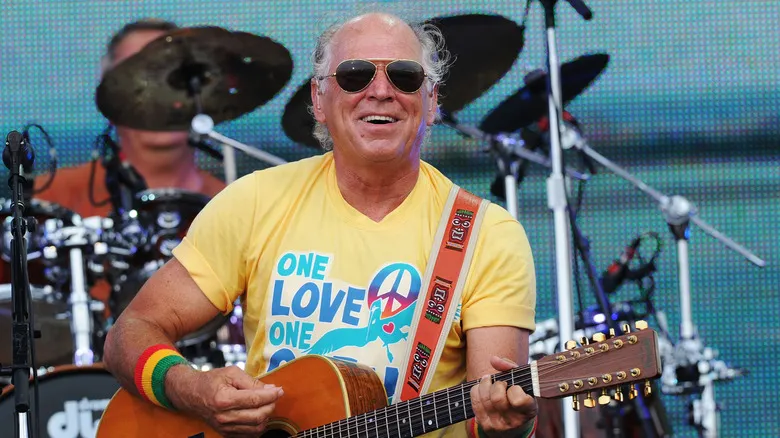
The Simple Drink Jimmy Buffett Actually Preferred Over Margaritas
Next up

